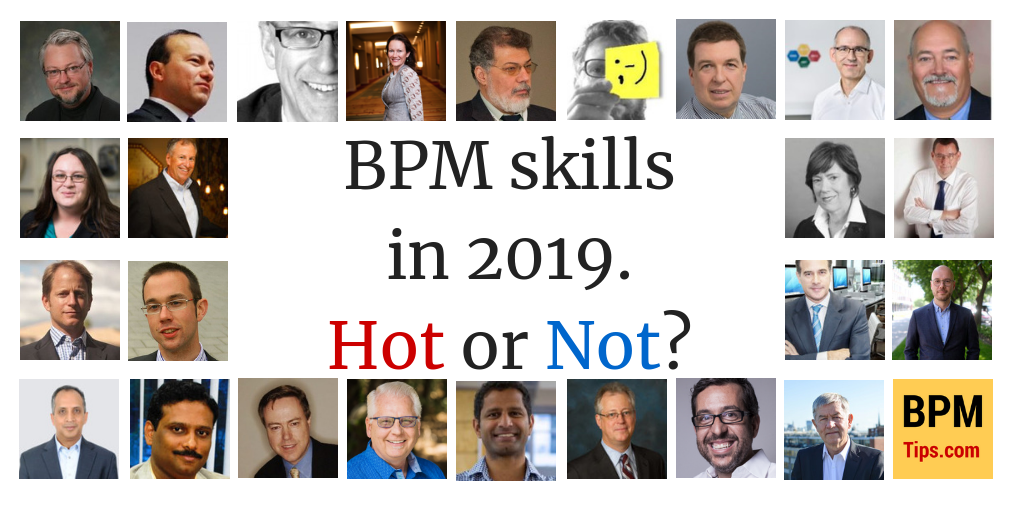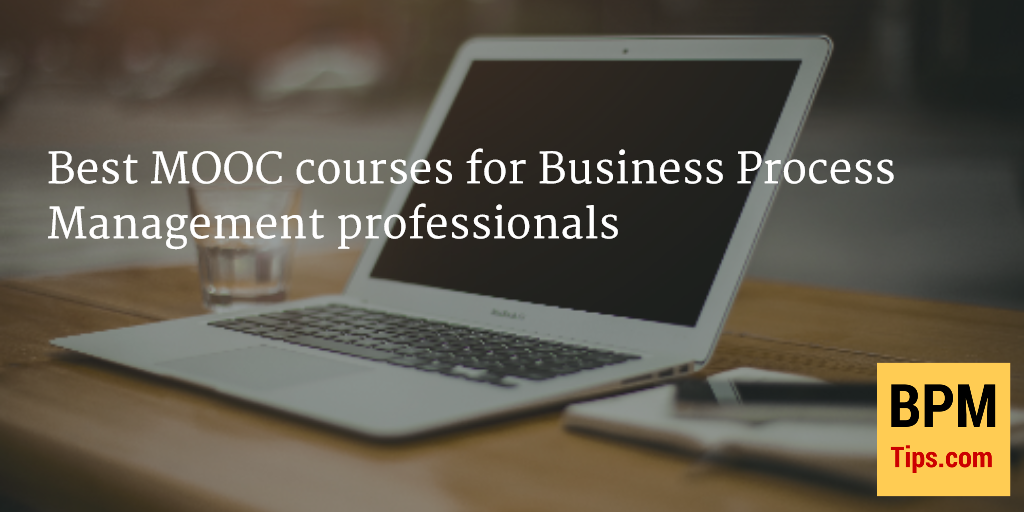BPMN MIWG demonstration 2018 – (nearly) everything you always wanted to know about Data Objects, but were afraid to ask
For many people BPMN is only about modelling process flows. However there are also elements, which allow you to show the data perspective: Data Objects. They were one of the main topics of the BPMN Model Interchange Working Group demonstration in December 2018 in Seattle and will appear again in June 2019 demonstration in Amsterdam.



